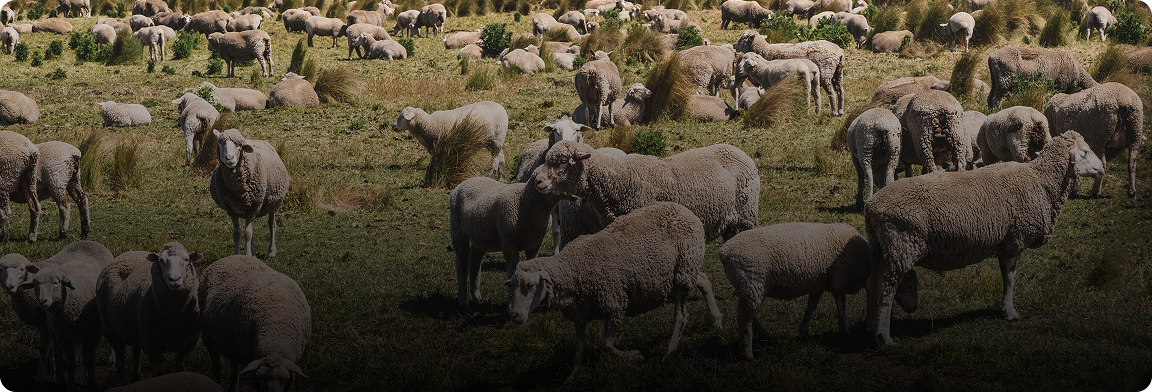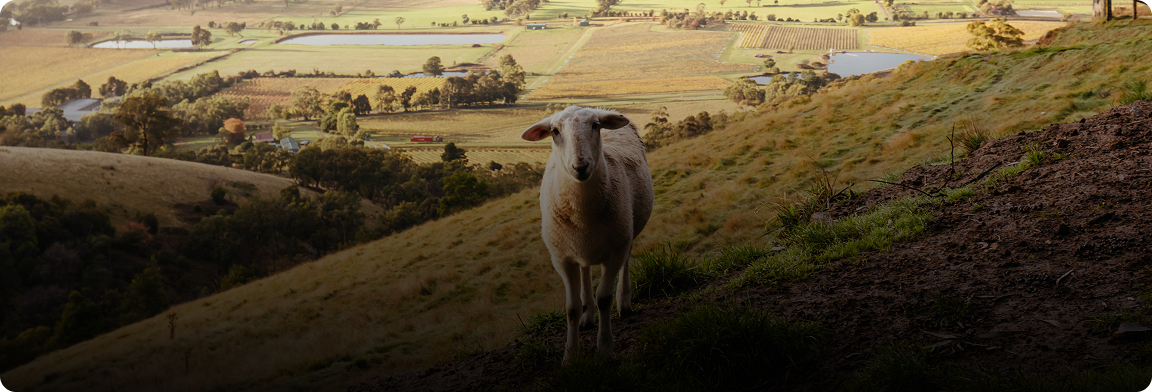The Internet of Things (IoT) is transforming the way farmers take care of their animals. IoT uses smart devices that communicate with each other and send useful information to farmers. This technology helps farmers monitor their animals’ health and safety in real-time. In this blog, we will explore how IoT can benefit farmers by helping them care for their animals in the best way possible. Let’s dive in!
What is IoT and How Does
It Work?
IoT stands for the Internet of Things. It refers to everyday objects that connect to the internet and share data. For farming, IoT uses special sensors that farmers can attach to animals. These sensors keep track of important details like temperature, heart rate, and movement. After gathering this data, it is sent straight to the farmer’s phone or computer. This allows farmers to monitor their animals’ health anytime and anywhere. Therefore, IoT makes farming more convenient and less stressful for farmers. It helps them care for their animals even when they are far away from the farm.
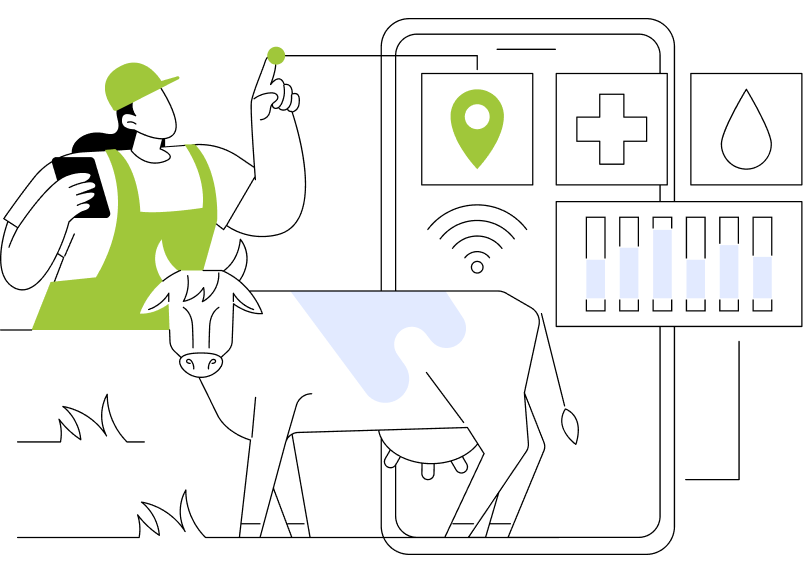
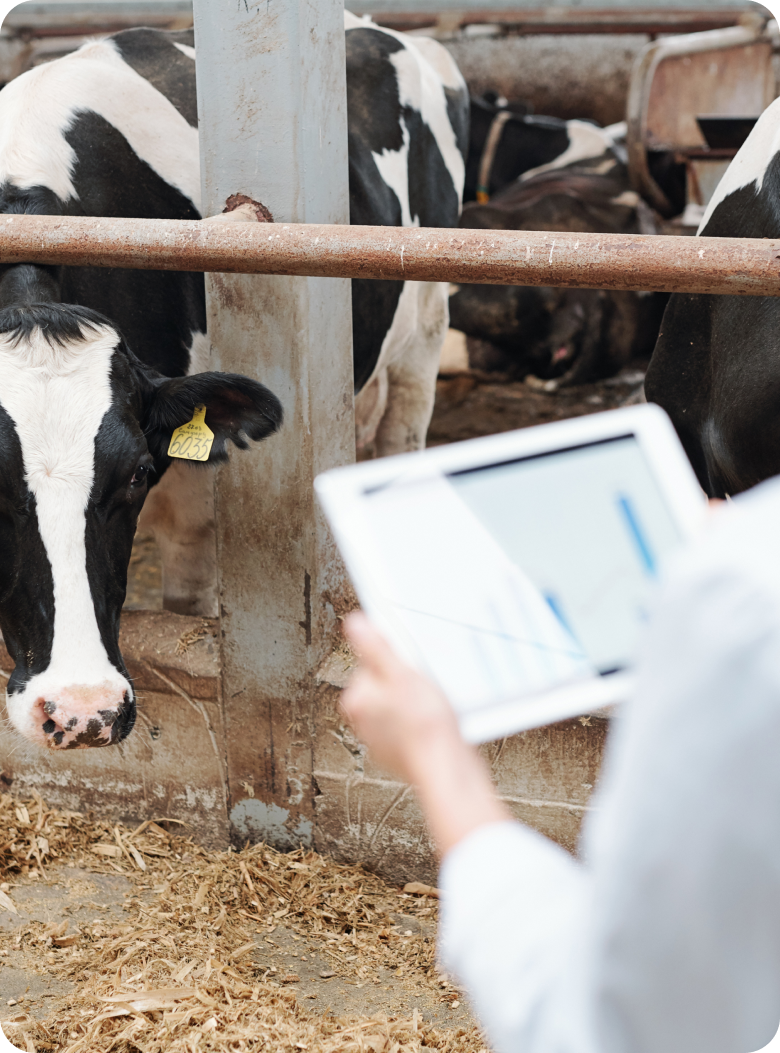
Real-Time Health
Monitoring
One of the best things about IoT is real-time health monitoring. Using special sensors, farmers can check their animals’ health every day without having to be near them. For example, these sensors track if the animals have a fever or if they are moving too little. If something is wrong, the system will send an alert to the farmer’s phone. In this way, farmers can check the animal immediately and provide the right care. As a result, farmers can address problems early, ensuring animals stay healthy. Overall, IoT helps farmers to react quickly and keep their animals safe and well.
Better Feed Management
Another great benefit of IoT is better feed management. The sensors attached to animals help farmers track how much food and water their animals are consuming. If an animal isn’t eating enough or drinking too little, the system will notify the farmer. This helps farmers ensure each animal gets the right amount of food and water for optimal health. Additionally, IoT makes it easier to monitor the diet of different animals. Therefore, farmers can adjust their feeding plans accordingly. In the long run, this helps improve animal health and ensures the animals grow strong and healthy.
Improved Breeding and
Reproduction
IoT also improves breeding and reproduction. Sensors help track when animals are ready to breed. For example, cows can be monitored to find the best time for mating. Moreover, IoT systems also help detect signs of pregnancy. With this information, farmers can make sure they breed animals at the right time. This also prevents inbreeding and ensures that the offspring are healthy. Consequently, IoT technology makes breeding more efficient and effective. By using IoT, farmers can breed healthier animals and have a more productive farm.
Tracking Animal Location
and Movement
Tracking the location and movement of animals is another major benefit of IoT. Farmers can use GPS technology to keep track of where their animals are at all times. For example, if cows, sheep, or goats roam freely, the farmer can monitor their location on their phone. If an animal strays too far or enters a restricted area, the system will send an alert. This helps prevent animals from getting lost and keeps them in safe areas. Additionally, it helps farmers manage grazing areas. They can make sure the animals eat the right plants and stay safe. Thus, IoT helps farmers maintain a good system for managing their livestock.
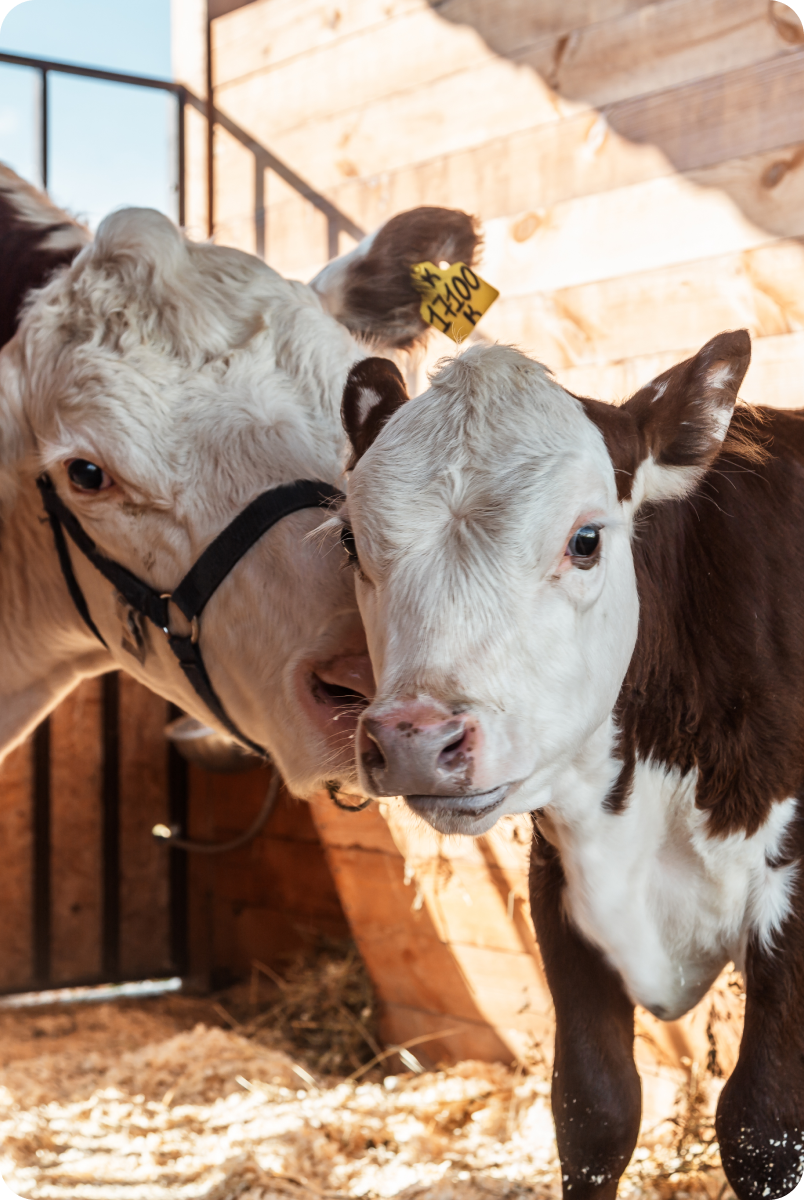
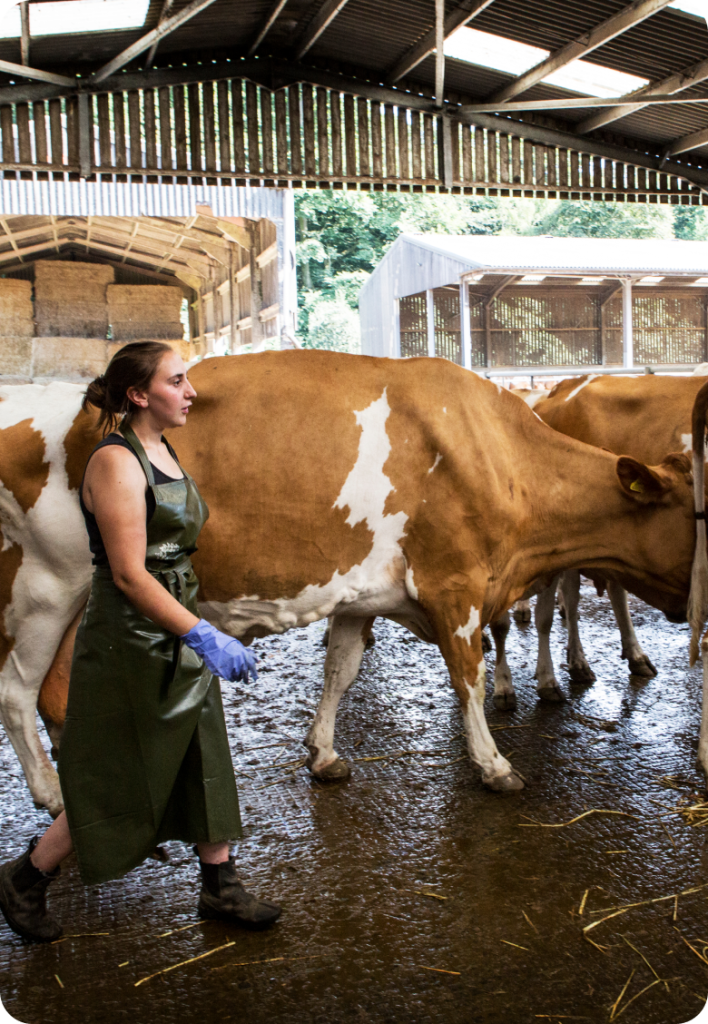
Reducing Labor Costs and
Increasing Efficiency
IoT also reduces labor costs and increases efficiency. Normally, farmers need to check on each animal regularly. But with IoT, the sensors do much of the work. They monitor the animals’ health and send data to the farmer’s phone. This saves farmers time and effort. Instead of walking around the whole farm, farmers can quickly check the data on their phone or computer. Therefore, they can spend more time focusing on other important tasks. By using IoT, farmers can improve their efficiency and reduce the amount of manual work needed.
Better Disease Prevention
and Management
IoT is also useful for disease prevention and management. Sensors can detect if an animal is showing signs of illness, such as a rising temperature or unusual behavior. If the system detects something unusual, it immediately alerts the farmer. This allows farmers to quickly take action, preventing diseases from spreading. Additionally, IoT can help farmers track vaccinations and treatments for their animals. As a result, IoT helps farmers ensure that their animals stay healthy and safe. By catching diseases early, farmers can protect their animals and keep the farm running smoothly.
Improved Animal Welfare
By using IoT, farmers can ensure the welfare of their animals. The sensors can track the temperature of the animals’ living areas. If it is too hot or too cold, the system will alert the farmer, who can then adjust the environment. Moreover, IoT monitors animals’ behavior. If an animal shows signs of stress or discomfort, the farmer can take action right away. In this way, IoT helps improve the quality of life for animals. It makes sure the animals live in a comfortable and safe environment. Therefore, IoT is not just good for monitoring health, but also for ensuring overall animal well-being.

Conclusion
In conclusion, IoT is a game-changer for farmers. It helps them monitor their animals’ health, track food and water intake, and manage breeding more effectively. IoT also tracks animal locations, saves time, and prevents diseases. Furthermore, it improves animal welfare by ensuring they live in safe and comfortable environments. As a result, IoT makes farming easier and more efficient. With IoT, farmers can focus on their animals’ health while also improving the productivity of their farm. In the future, IoT will continue to be an essential tool for farmers to care for their animals and ensure a successful farming business.

